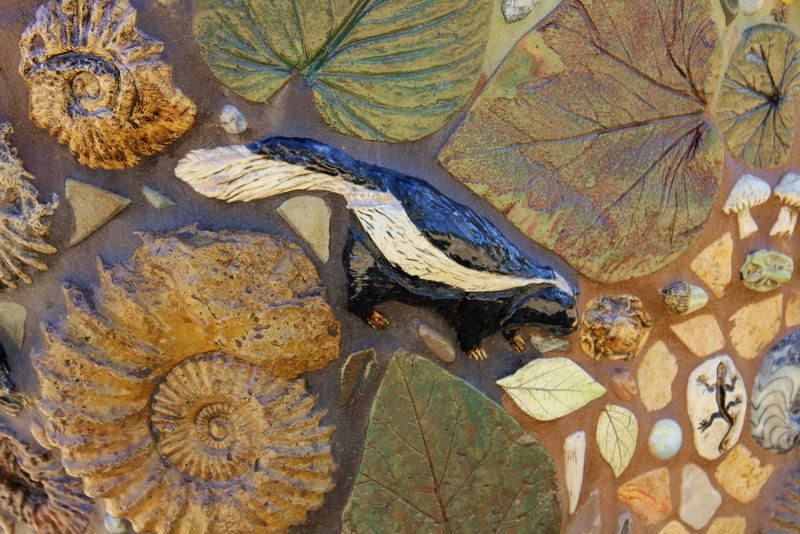You know I love a good life lesson, and I’m not picky about
where I pick it up—from my pets, from a tea bag, etc. My latest source? The TV
program Once Upon a Time.
If you’re not familiar with it, Once Upon a Time is
set in the fictional town of Storybrooke, Maine. During the first season, we
learned that the residents are characters from fairy tales (such as Snow White,
Prince Charming, Rumplestiltskin, Belle from Beauty and the Beast, and so on)
who had been brought to the “real world” and robbed of their memories by a
curse cast by the Evil Queen Regina. The townspeople had lived in Storybrooke
for 28 years, without being aware of their true identities (or even of their
own lack of aging) until a character named Emma Swan broke the curse and
restored the residents’ memories. Turns out Emma was the daughter of Snow White
and Prince Charming who had been sent into the real world as an infant before
the curse was cast. Emma is also the birth mother of Henry, adopted son of
Regina, and it is Henry who brings Emma to Storybrooke in the first place.
And from there on it only gets more complicated.
At first I didn’t like it that the writers kept adding more
and more characters from every possible tale…Dr. Frankenstein made a brief
appearance, as did the Mad Hatter and Pinocchio (the newest additions are Anna
and Elsa from Frozen.) Once I let go of any possible logic and went with
the fantasy flow, I found the show more enjoyable as pure entertainment. And
then I began to realize that it actually contained some excellent life lessons.
For instance:
Magic has a price. This is most often said by
Rumplestiltskin. Characters are always trying to make deals with him and each
other to get what they want, often with terrible consequences. For me, this
means that shortcuts to what you want come with a cost, usually a high one.
No one is all evil or all good. The backstories of
the “evil” characters all feature some type of trauma or tragedy that helps to
send them down the wrong path. I’m not excusing them their evil deeds, of
course, but it’s a good reminder to condemn actions and have empathy for the
people who commit them. Another positive point of the show is that characters
are frequently offered the choice to do right or do wrong. To put it
simplistically, it’s their choices and actions that make them good or evil.
Oddly enough, my favorite character on the show is Regina, the evil queen who
cast the curse that started it all. While she’s certainly done more than her
share of evil deeds, she’s also been through a great deal of suffering and
heartache. She’s also done good things—by all accounts she was a loving mother
to Henry, and she’s joined with the other townspeople to fight this season’s
new villain. She’s continually being crossed in love, and I really want her to
find the happy ending she’s seeking. On the other hand, Snow White, who is
mostly pure and good, killed Regina’s evil mother, Cora, thus blackening her
own heart just a bit. It’s so easy for us to want everything to be clearly
black and white—we forget that people, especially, are not that way.
We must accept ourselves and what we’re capable of.
Some of the characters in the show have magic powers, including Emma. Emma has
imperfect control over her power, and nearly gave it up. She’s coming to
realize that it’s not enough to receive acceptance from others. She also has to
accept herself before she can feel truly whole (and control that pesky magic).
We often think that we won’t feel good about ourselves until we are accepted by others—but sometimes it’s the other way around. Accepting ourselves for who
we are is just as important, if not more so, than receiving acceptance from
others.
I admit that I may be the only person who is drawing life
lessons from the frothy concoction that is Once Upon a Time. That’s OK
with me. I like my life lessons to come to me lightly rather than hammer me
over the head. How about you?
Have you found any unlikely sources of inspiration or life lessons lately?





















































